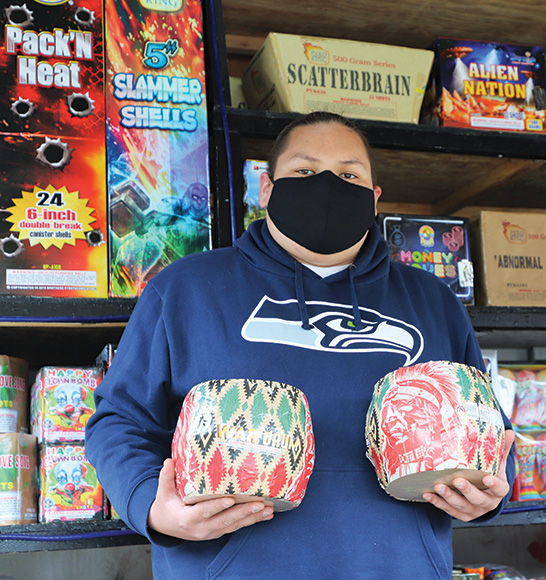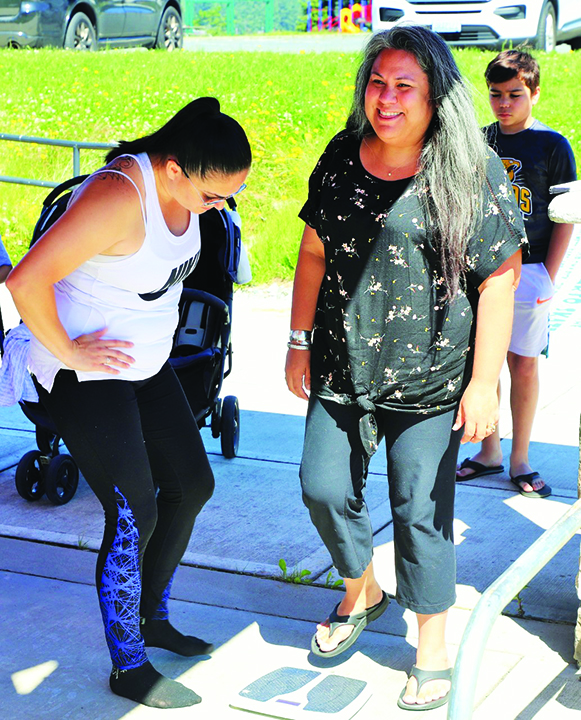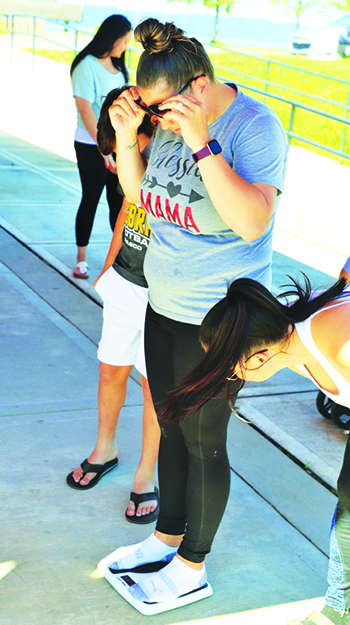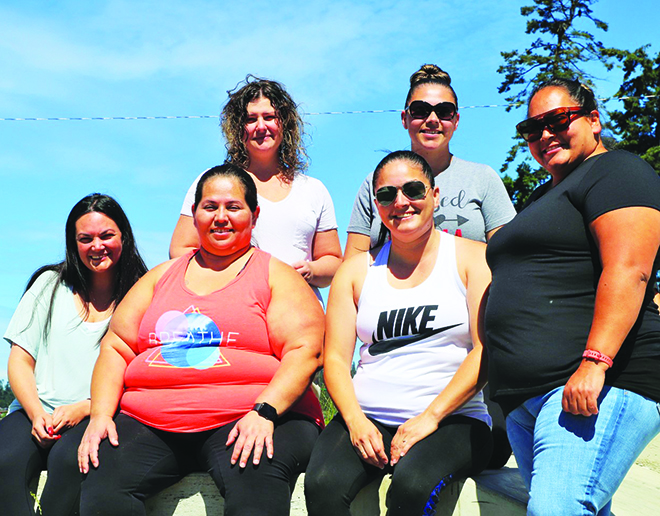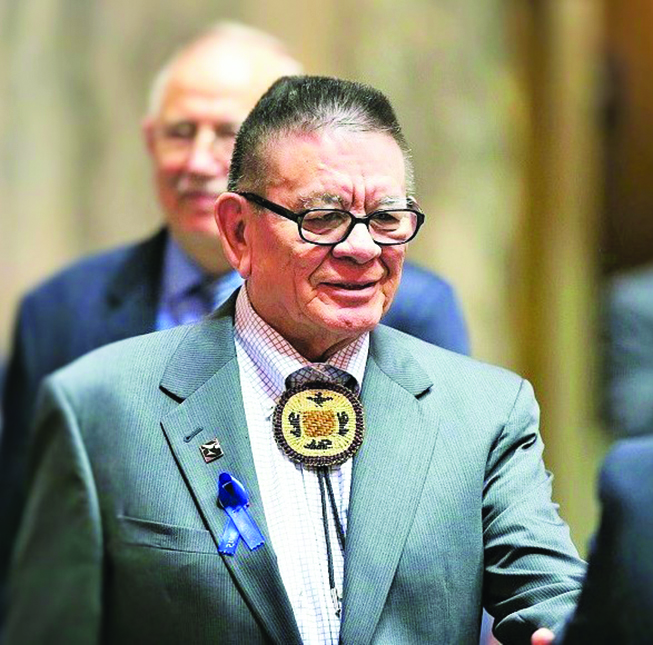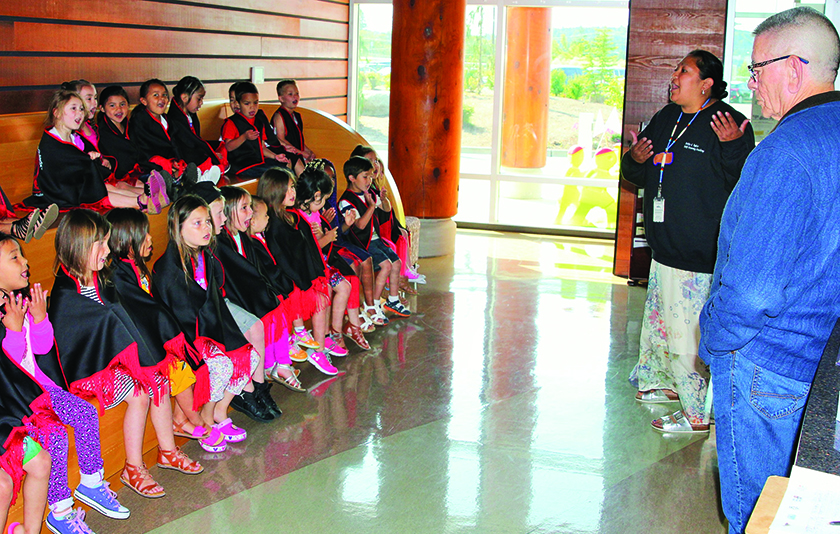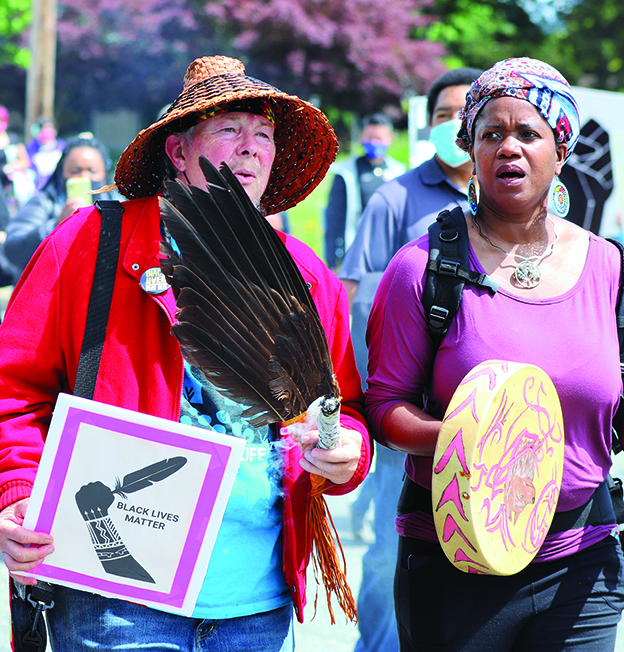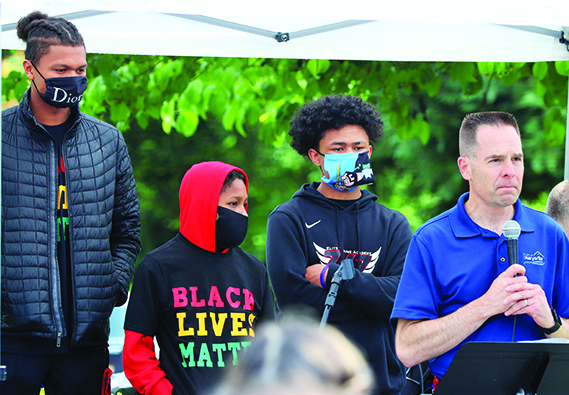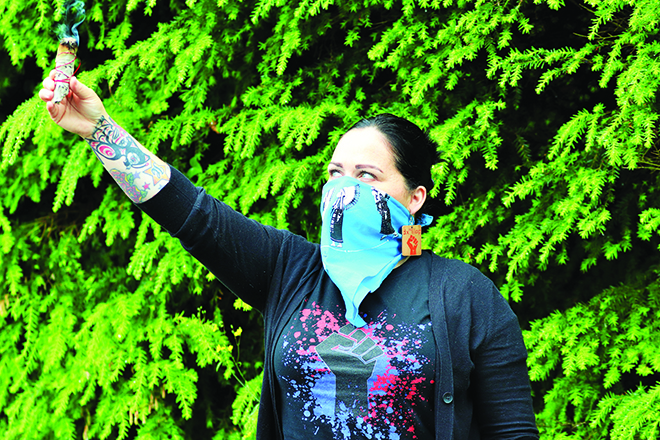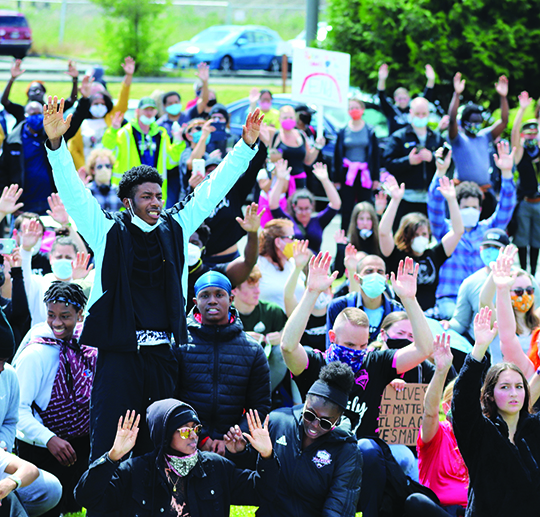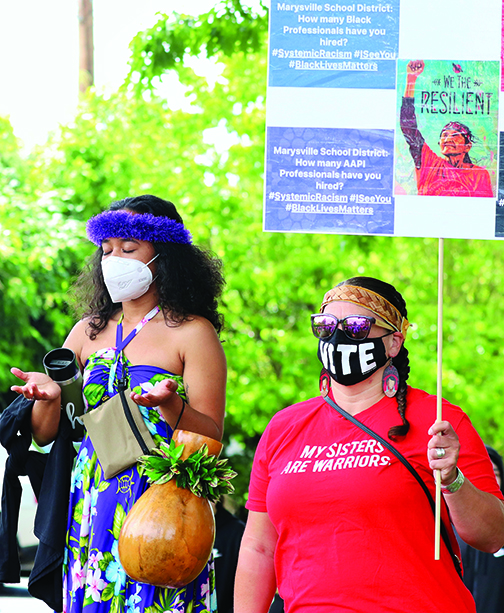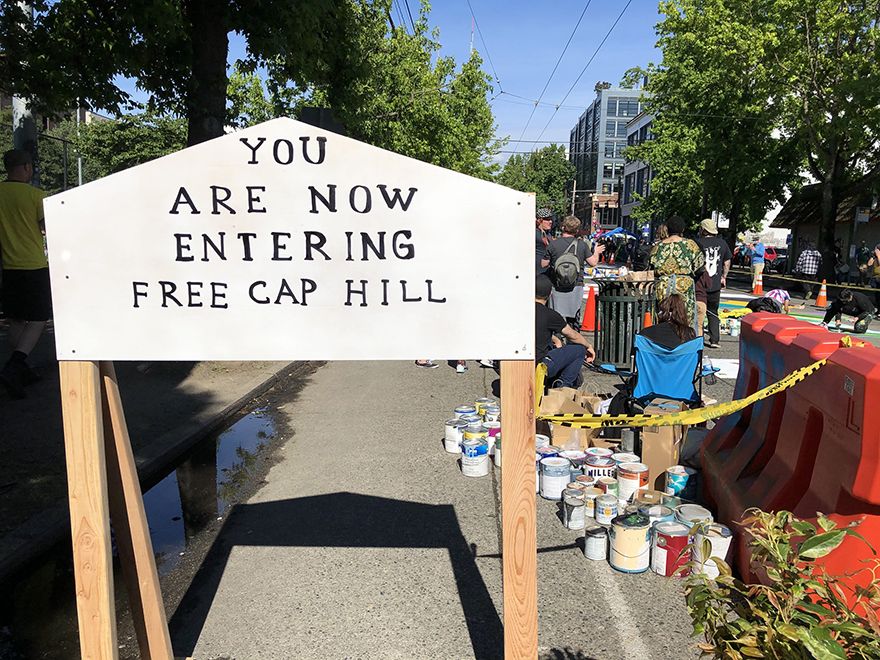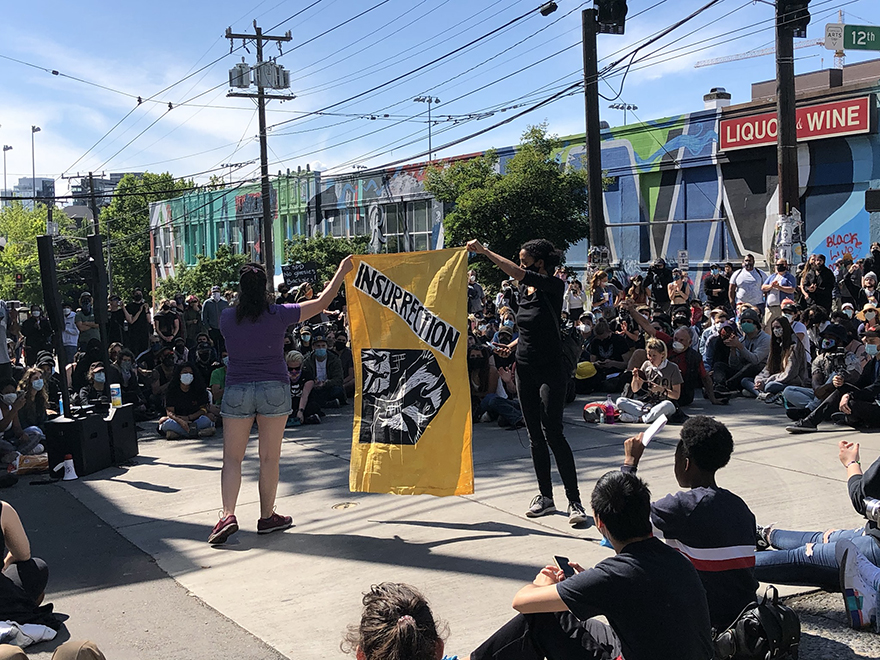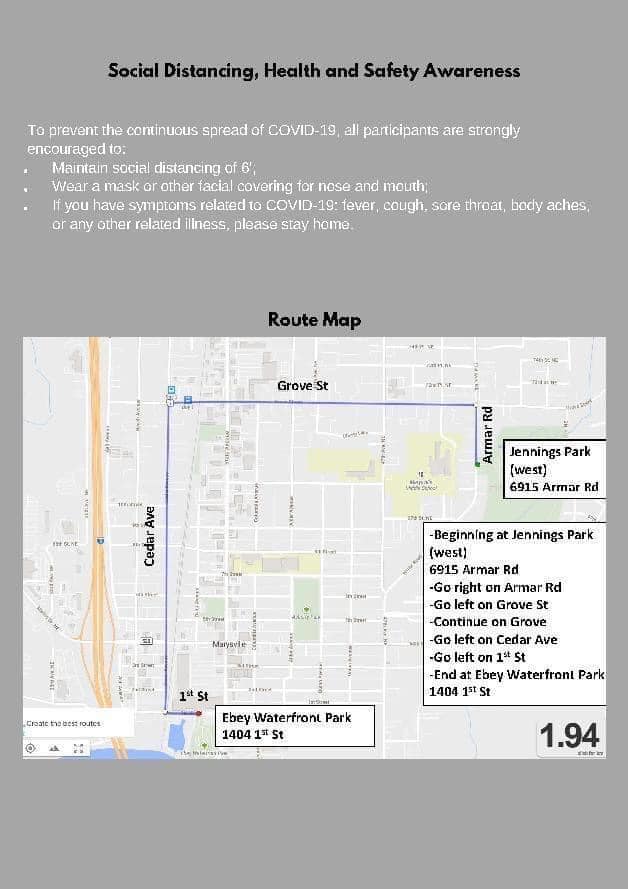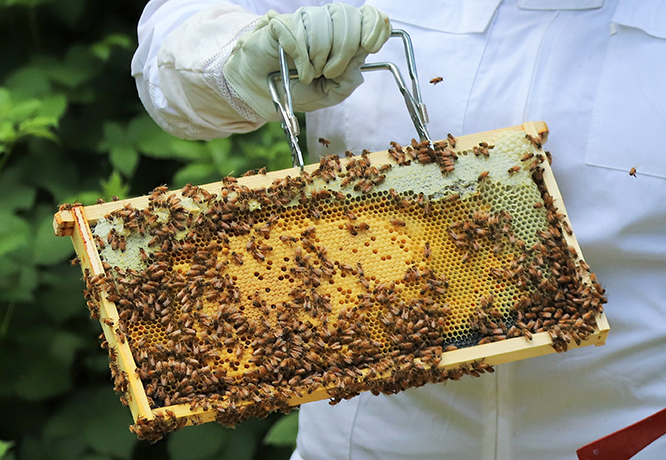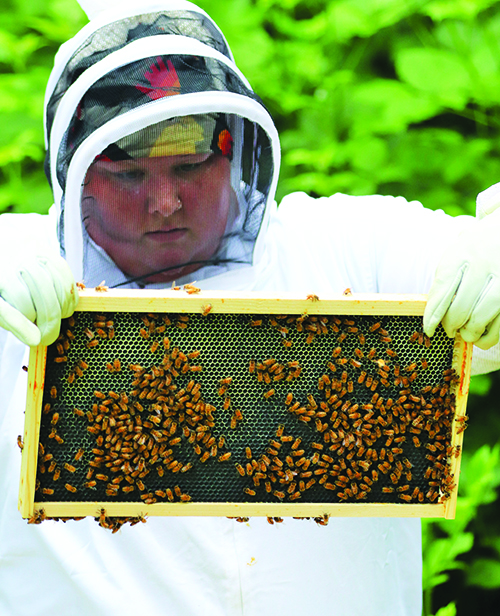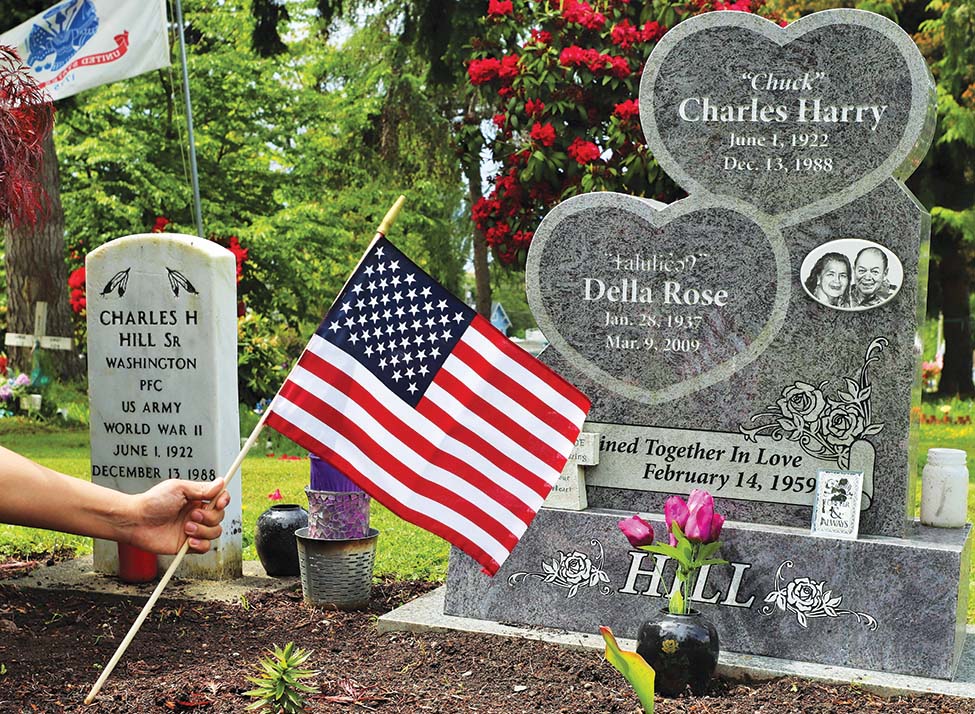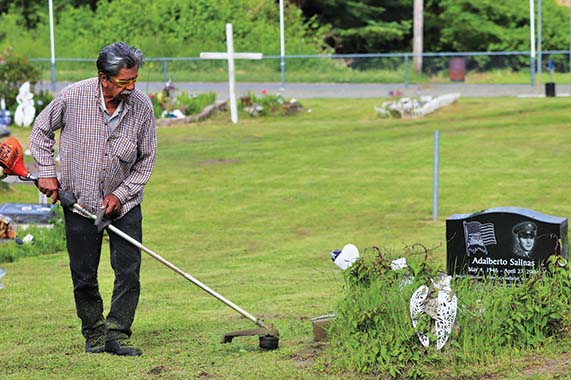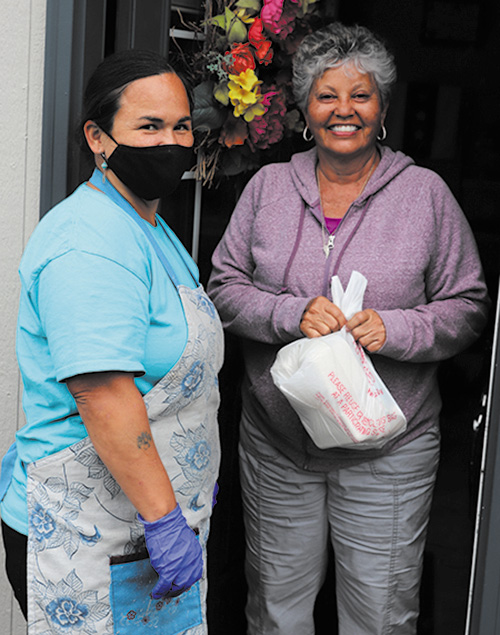
Kalvin Valdillez, Tulalip News
“The food is good,” exclaimed Tulalip Elder David Fryberg. “I’m not a very good cook myself so this is convenient. It makes things so much easier when they do this, especially because of the times. One of the things the Tribe does is take care of the elders and I think everybody appreciates it, we’re very thankful that they do this for us.”
Every morning Tribal member and Tulalip Senior Center Community Resource Manager, Lorina Jones wakes up bright and early and journeys to the Senior Center to clock in for her shift at 5:00 a.m. In the remodeled Senior Center kitchen, she is joined by her crew, Nina Fryberg, Troy Williams, Jessica Leslie and Laverne Jones and they begin their daily grind of chopping, cooking and portioning out hot meals for the elders who call Tulalip home.
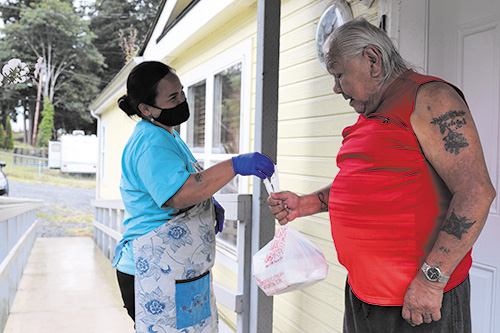
“I’ve grown up that way,” Lorina stated. “To respect my elders and do whatever I can to help them. We want to do the best we can to serve our people and we take pride in our work, we cook with a good heart.”
Accepting the call to duty, the five-person crew has been in a rhythm since the coronavirus first entered the scene, preparing two meals daily for the local elders. According to Lorina, the amount of meals prepared and delivered has increased by nearly fifty people since the Senior Center expanded their services to include all senior citizens, as well as elders enrolled with a different tribe.
“Our numbers have almost doubled and there’s less of us in the kitchen because others had to be furloughed, so we’re doing the best we can. We do about 125 breakfasts and 141 lunches each day,” Lorina said. “Before corona, we were doing about 70 breakfasts and around 90 lunches. We serve all types of foods. We try to do things like roast, stew, chowder, NDN tacos once in a while, fish and rice. And for breakfast we do a meat, potato, egg, mixed fruit, yogurt and milk.”
Tulalip Elder Protection and Vulnerable Adult Program Manager, Elishia Stewart, explained that the program had to undergo a few major adjustments due to the COVID-19 pandemic.

“It’s such a historical time, trying to figure out methodically what are the next steps,” she expressed. “Right now, we’re basically just focused on the meal program, since everybody is technically homebound. That’s one of the positive ways we can continue to impact our community, by providing them with the best nutrition possible. As a Tribal member, our elders are one of our most valued resources so we need to make sure they are being cared for, that’s been our main function here since COVID.”
Once the meals are portioned and plated, they are placed in large warmer bags to ensure the food remains fresh and retains its heat during the delivery process. Breakfast is served between the hours of 7:00 a.m. and 8:00 a.m. while lunch is served at 10:00 a.m. The crew split up delivering duties to ensure the elders are receiving their meals in a timely fashion. The crew makes deliveries throughout the entire reservation, distributing tasty trays of food to residents of Hermosa, Silver Village, Battle Creek, Mission Highlands, Totem Beach Road, as well as to the elders living closer to the Marysville-Tulalip boundary line.
“I love it when they give us fresh fruits and vegetables,” Tulalip Elder Pauline Williams expressed. “It saves us trips to the grocery store and all I really have to fix is an evening meal. It works for us. Lorina knows I don’t like to cook; I’d rather eat her cooking. It forces me to stay home. When I do go out, I try to be safe, I wear my mask and I go early in the morning when there’s not a lot of people out. It’s a real safety issue for us right now and I’m thankful for these deliveries. The cooks are risking their lives right now cooking for us and delivering it, and we appreciate them.”

To limit contact, Lorina and crew attempt to safely leave the meals at their front door. However, due to loneliness from isolation, many elders will meet the team at the door for a chance to quickly chat, catch up, and simply thank them for the meal.
“It makes my heart happy knowing we’re able to provide them with at least two meals a day,” said Lorina. “It saves them from having to go out and look for food, or that extra meal, on their own and put their lives at risk. We always wear our masks and gloves when delivering. We change our gloves after every delivery. We want to protect ourselves and our elders. I love you all and hope you stay safe.”
For further details, please feel free to contact Elishia Stewart at (360) 913-1726.
